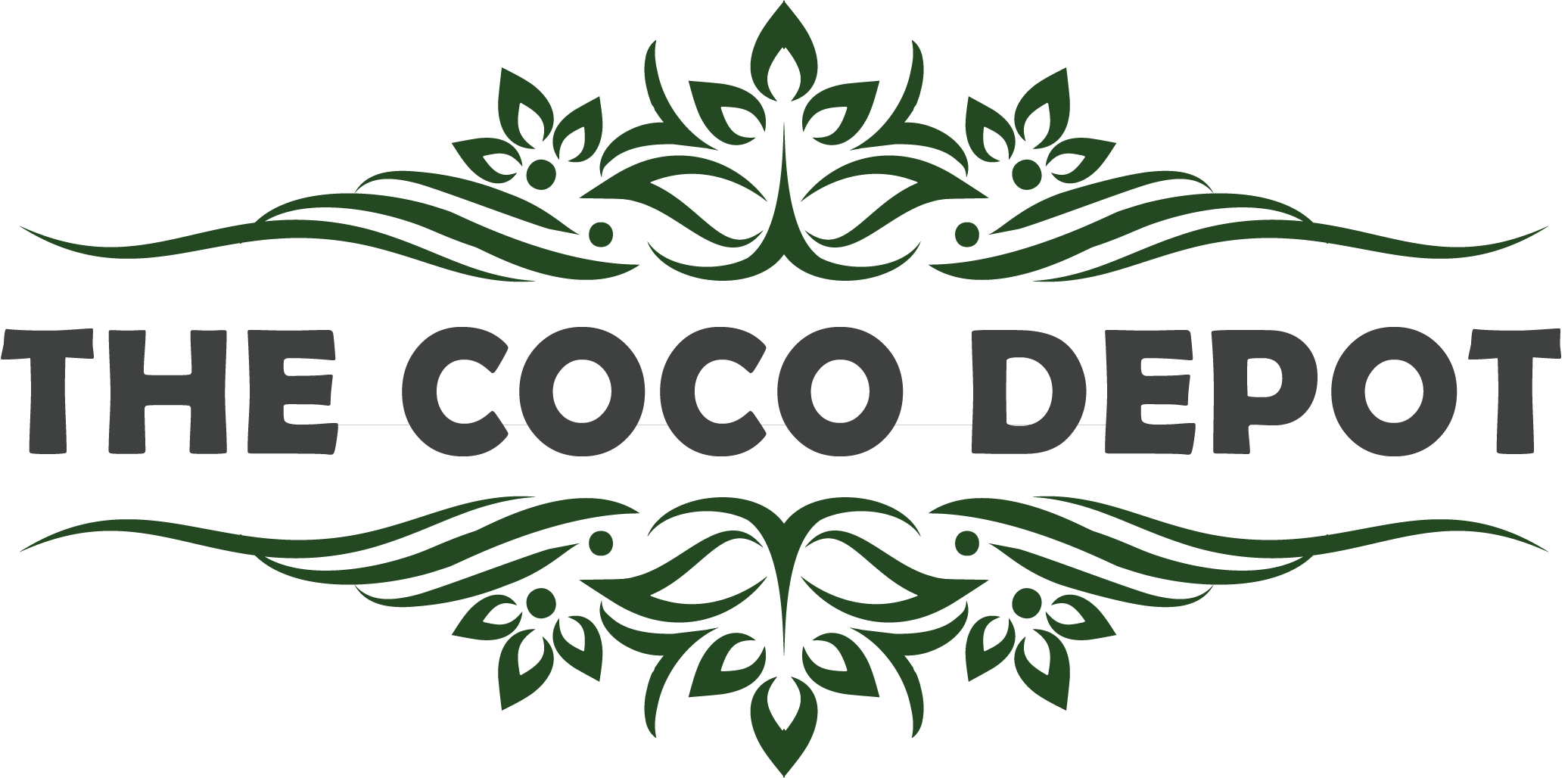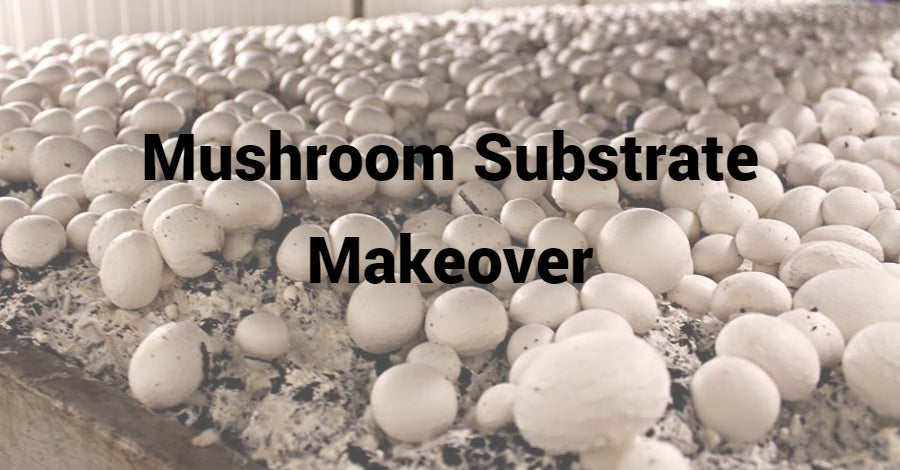A common sense of substrate, is as a made-in grow culture for any plant to grow. In norms, substrate should provide nutrient supplement, healthy grow environment, and easy access of water to the plant life.
There are multiple niche industries concerning cultivation of products on grow substrates vigorously. One such rapidly raising, highly profitable cultivation practice is mentioned as Mushroom Farming.
Mushroom farming extensively makes use of substrates as their main growing media for nutrients, moisture and energy for their grow and fruiting.
In consideration of Mushrooms as the subject to discussion, the substrate nature, care, preparation changes according to kind of Mushroom it is used for.
Different species of mushrooms have different preferences on grow substrate. Oyster Mushrooms like Blue, Pearl, Pine are preferred grown in STRAW while Medical Mushrooms like Shiitake, Reishi prefer growing on supplemented hardwood SAWDUST, COFFEE GROUNDS, MANURE and an all time optional COCO COIR is best for every type of mushroom.
A substrate for mushroom grow is processed by the series of
Water Treatment
In mushroom farming, the water/moisture content plays an important role as the mushroom fruit bodies are formed of 70-80% of water, these water molecules are directly derived from the substrates.
A mushroom grow substrate should be hydrated once in the grow cycle, unlike the regular grow phenomenon.
The substrate should remain hydrated throughout grow cycle. For that, these substrates are fully hydrated before inoculation and a regular check on moisture content is maintained.
An optimal soaking is required for perfect harvest. If the substrate is too wet, it will encourage the growth of bacteria and inhibit colonization; if the substrate is dried out, the growth is slowed down and the mushroom mycelium fails to overcome the substrate base.
Sterilization or Pasteurization
Growing mushrooms is one thing and preventing the growth of contaminants is another thing. The contaminants grow faster than the mushroom mycelium and lead to disaster outcome.
These kinds of complications are taken care of, at the very beginning of making substrate bedding for mushrooms. The substrates are either Sterilized or Pasteurized in order to eliminate any contaminant in it.
Based on the type of substrate, the purification process is determined. For the substrate, which can provide enough nutrients for mushroom grow are pasteurized while the substrate with little nutrient element needs to be completely sterilized.
Sterilization is the process of complete elimination of any living/ dormant microorganisms under high pressure-extreme temperature exceeding 250oF. By doing so, any contaminants present in the substrate will vanquish.
The purpose of Pasteurization is to make the substrate contaminant-free and if possible turn them into beneficial microorganisms. There are many passive pasteurization methods, few that are widely used are Hot Bath, Cold Incubation, Hydrogen peroxide soak, Steam/Dry heat, etc.
Hot Bath
Here you suspend the substrate in a hot water bath of 160-170oF for a complete one hour.
Cold Incubation
In this process, the substrate is soaked in a bath of hydrated lime-treated cold water one full day. By doing this, the pH of water increases that kills contaminants.
Even after these cleansing treatments, some microorganisms remain in the grow substrate, which can turn into beneficial feeds in times of grow.
Also, keep an hygienic environment before inoculation, always clean the surface with 70% isopropyl solution mixed with water.
Addition of Potential Nutrients
An ideal mushroom substrate needs to be moist and rich in nutrients.
Mushroom substrates are subjected to nutritious nourishment with feeds of supplemental nutrients, these supplements enable the growth of mushroom faster and healthier.
The typical supplement materials for mushrooms are bran or seed derivative, and most commonly used ones are oat bran and wheat bran at the ratio of 5-10% dry weight. And a well-known combination comprises 18% bran and 2% gypsum along with sterilised substrate.
With the addition of supplements, the once sterilized substrate may get in contact with minute contaminants.
Another extremely popular substrate mix is MASTER MIX designed by T.R. Davis from ‘Earth Angel Mushrooms’, which is a 50-50 mix of sawdust and soybean hull. This mix tends to yield more than traditional one, while it still needs to be sterilised.
Once the complete preparation of substrate is done. It is ready for ‘Inoculation’, where mushroom mycelium ‘grain spawn’ is evenly distributed within the substrate, and placed under optimal temperature and humidity for about 10-20 days.
The mycelium grows slowly engulfing the substrate, decomposing the organic material in the process of growth known as Colonization.
The mushroom bears the fruits once the substrate is fully colonized and is completely enveloped by mycelium pokes.
This way, hardly after 3 weeks of substrate colonization, mushrooms will be on full bloom, ready to harvest.


2 comments
Good knowledge
Thank You for the information. It’s helping me learn!
Peace!